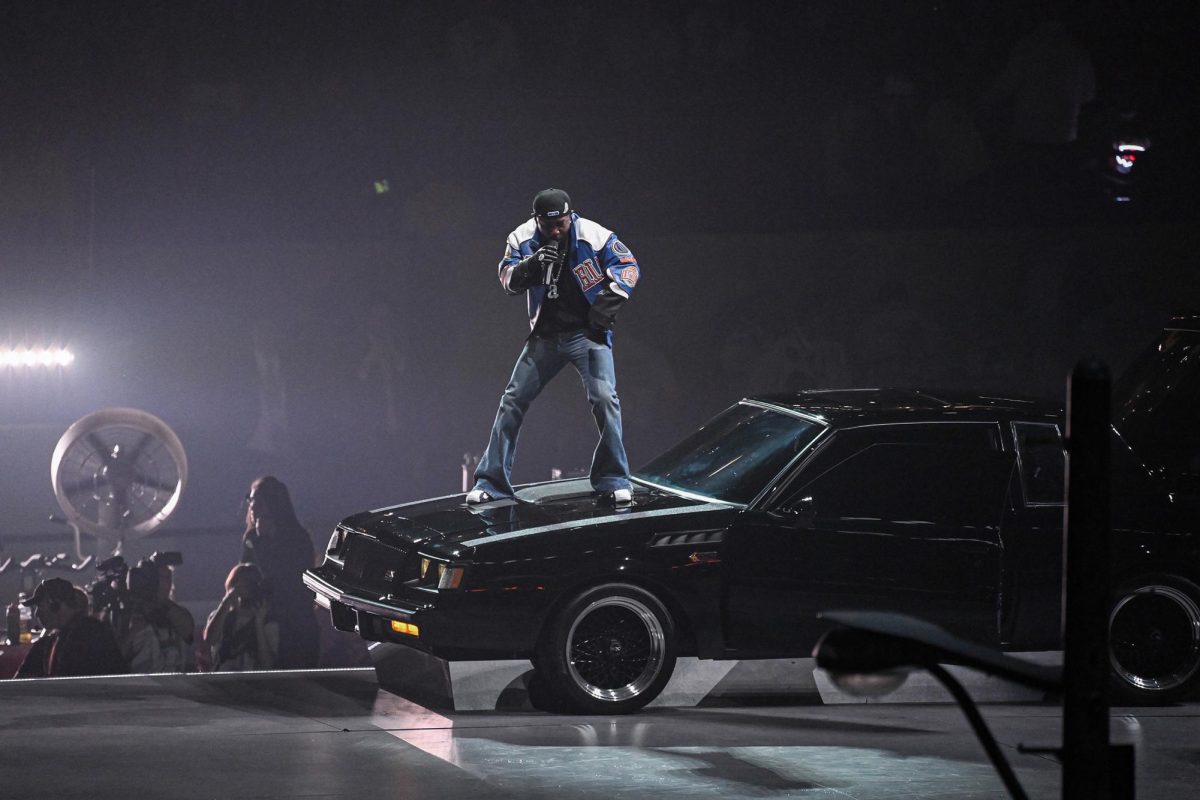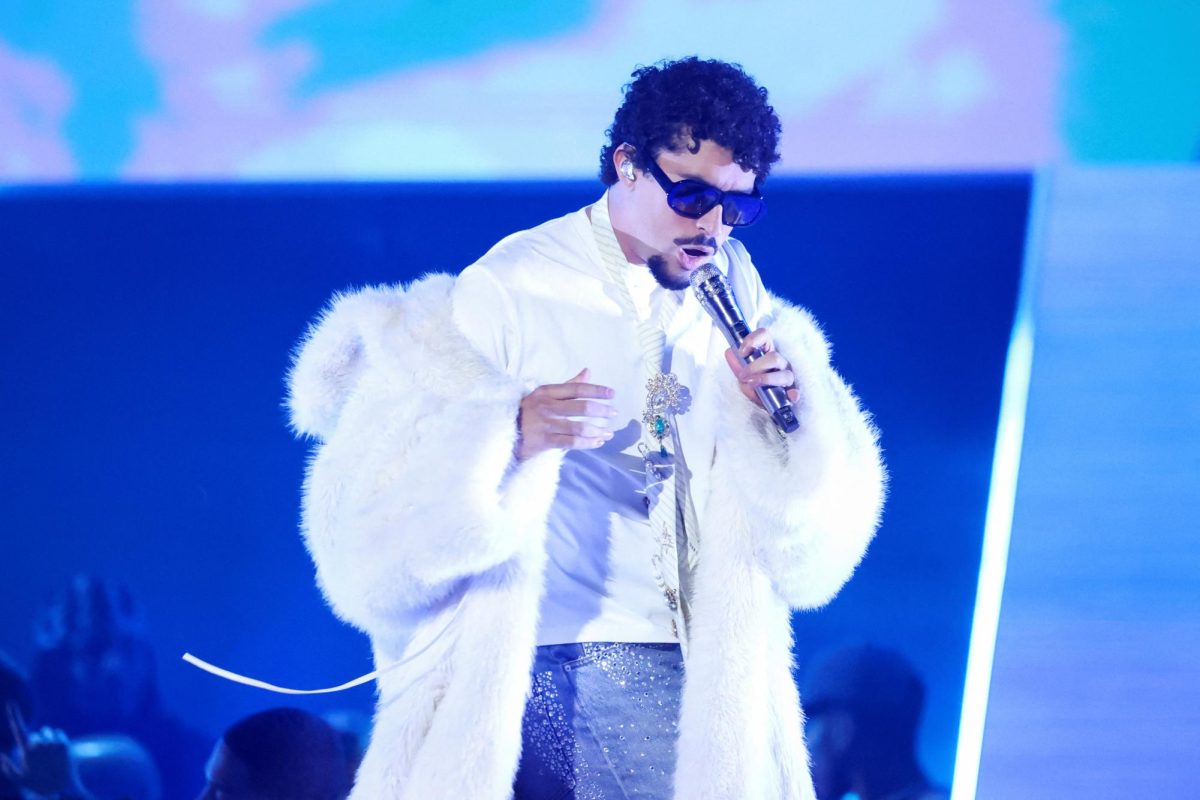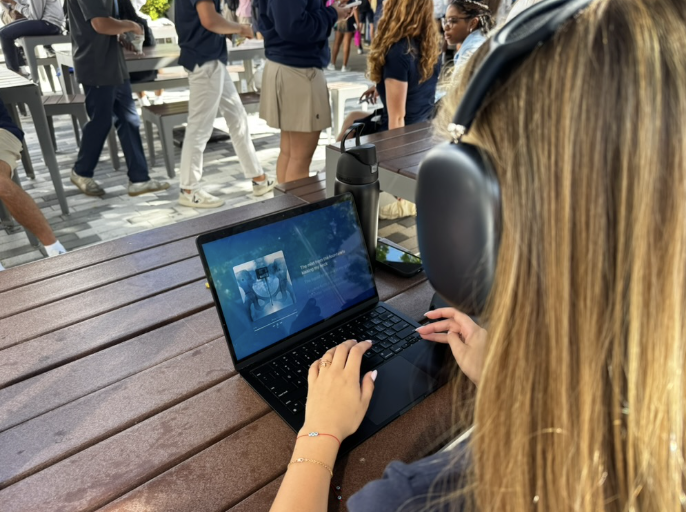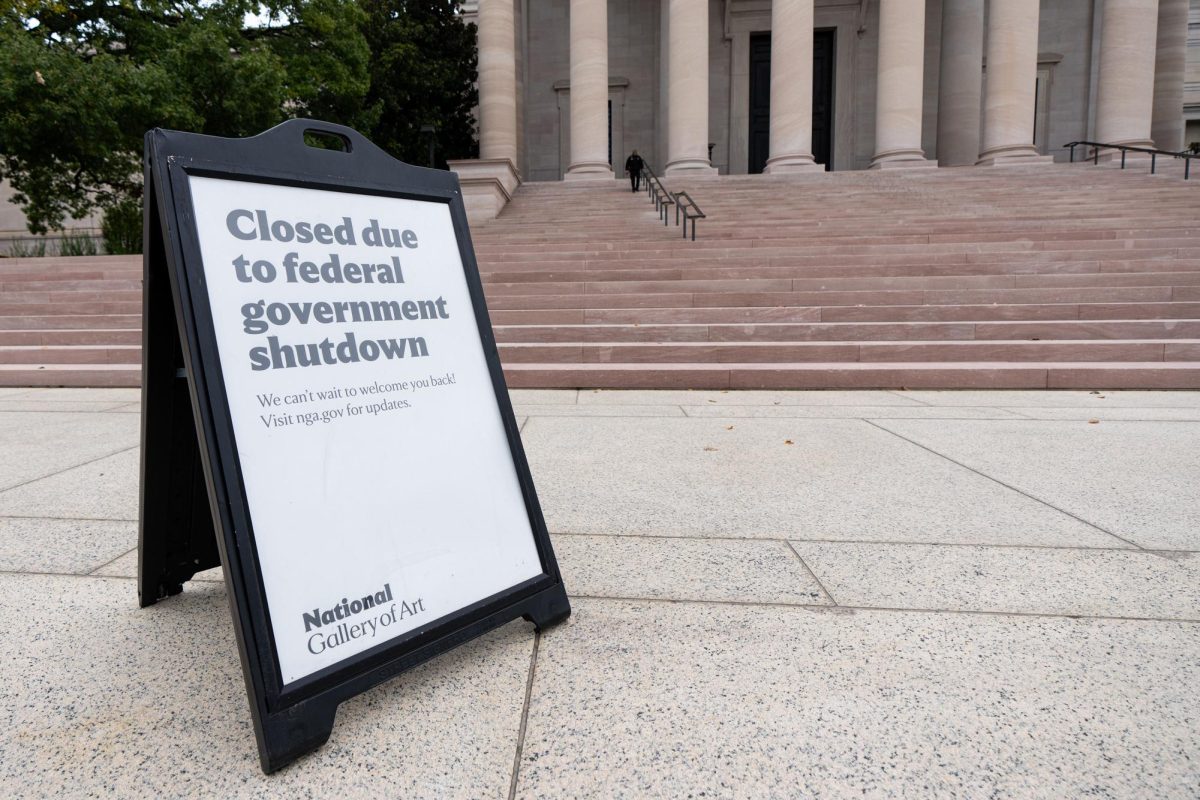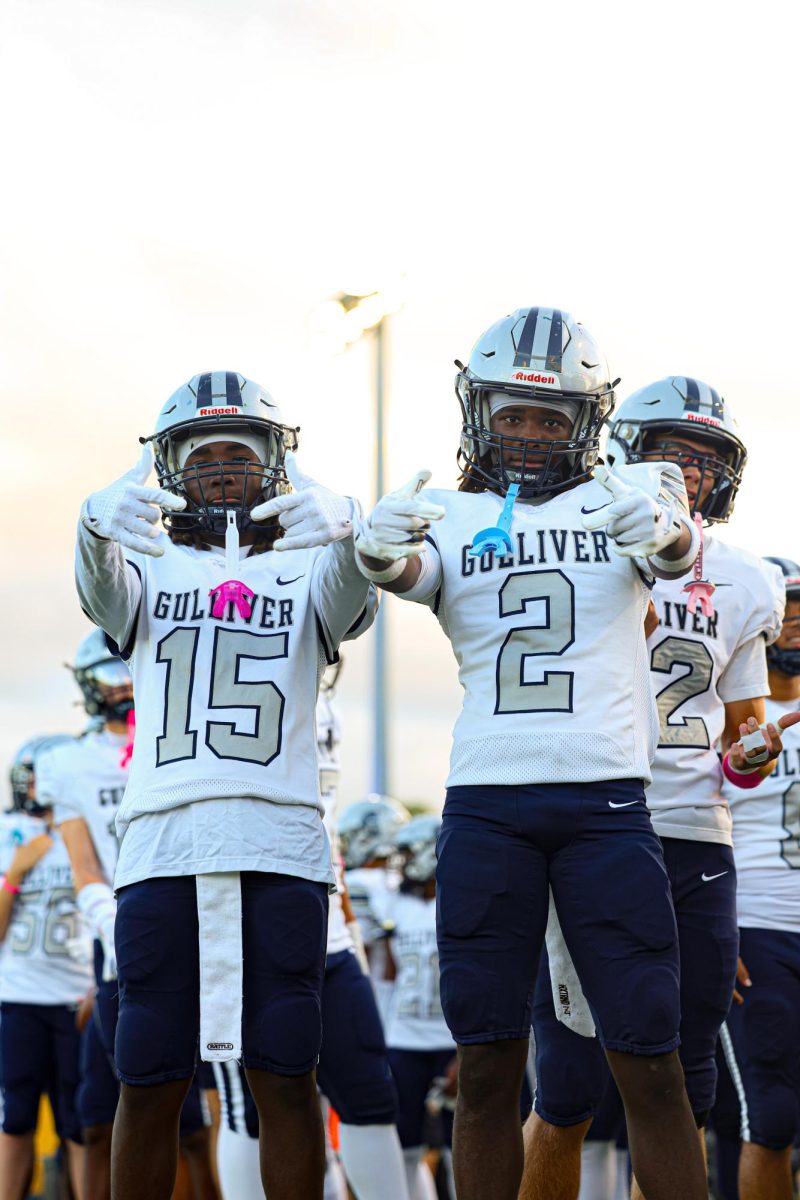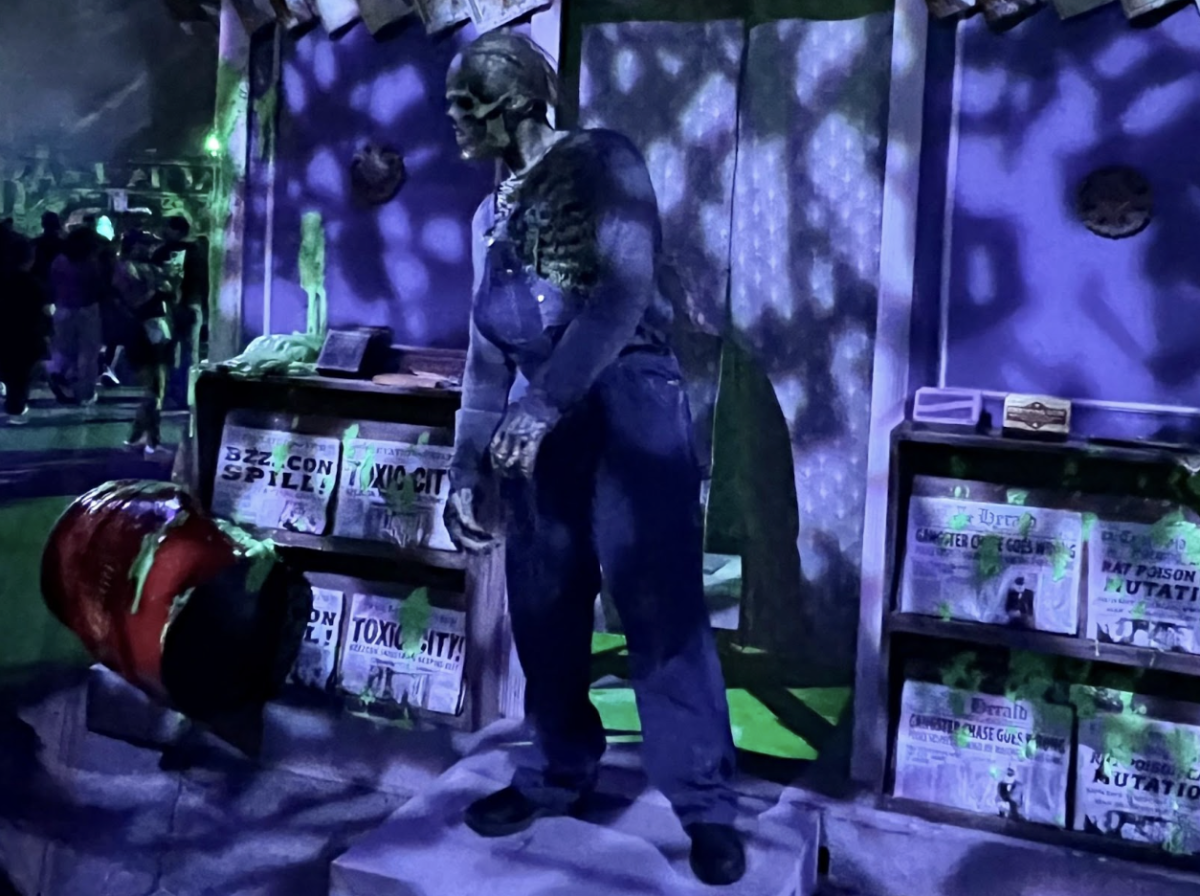Kendrick Lamar’s Super Bowl Halftime performance was more than just entertainment. It delivered a message of critique of race, identity, and social justice. Through song choice, symbolic imagery, and strategic stage positioning, Lamar created a story that challenged audiences to reflect on America’s troubled past and problems.
The performance started with actor Samuel L. Jackson as Uncle Sam, a symbol of the American government. In the iconic uniform, Jackson’s physique was a demonstration of America’s past and current hold on Black independence and freedom of expression. This was the backdrop for a performance that would challenge national identity and the Black experience of it.
Lamar’s set consisted of dancers wearing red, white, and blue, standing in a configuration to form a torn American flag. This visual was a reflection of a racially and politically torn country, showing the disparities that still prevail in the “American Dream” The country colors were used against the context of division to show the performance’s critical perception of unity and equality in the United States.
Adding the words “40 acres and a mule”, Lamar drew on the failed promise made to free slaves during the made to formerly enslaved African Americans after the Civil War, which was intended to provide them with land and resources for economic self-sufficiency. Invoking the systemic injustices and the long-standing struggle for reparations and economic justice within Black communities of America. Lamar also showed the remembrance as an effective call for past wrongs linking to ongoing discussions of racial disparity.
Playing “Not Like Us” a song famous for its disapproval of fellow artist Drake, Lamar spoke to issues of authenticity and artistic integrity. The decision was also one that referenced the conflict between being commercially successful and remaking authenticity to one’s message, particularly in the world of hip-hop. By carrying this conversation with the Super Bowl audience, Lamar stressed the significance of authentic artistry in the mainstream arena.
The performance gained mixed responses. While some appreciated its boldness and richness, others like musician Kid Rock criticized arguing that the emphasis on diversity, equity, and inclusion (DEI) programs had negative consequences. Such controversy speaks to the capability of the performance to initiate conversations on race, representation, and the role of art in society.
Kendrick Lamar’s Super Bowl halftime performance was a carefully designed show with symbolism and cultural analysis. By placing historical allusions with modern problems, Lamar urged audiences to face painful realities about America’s history and current situation. His craft was not just an entertainment but also an incitement to think, reminding one of the power of art as a means to society in the United States.

